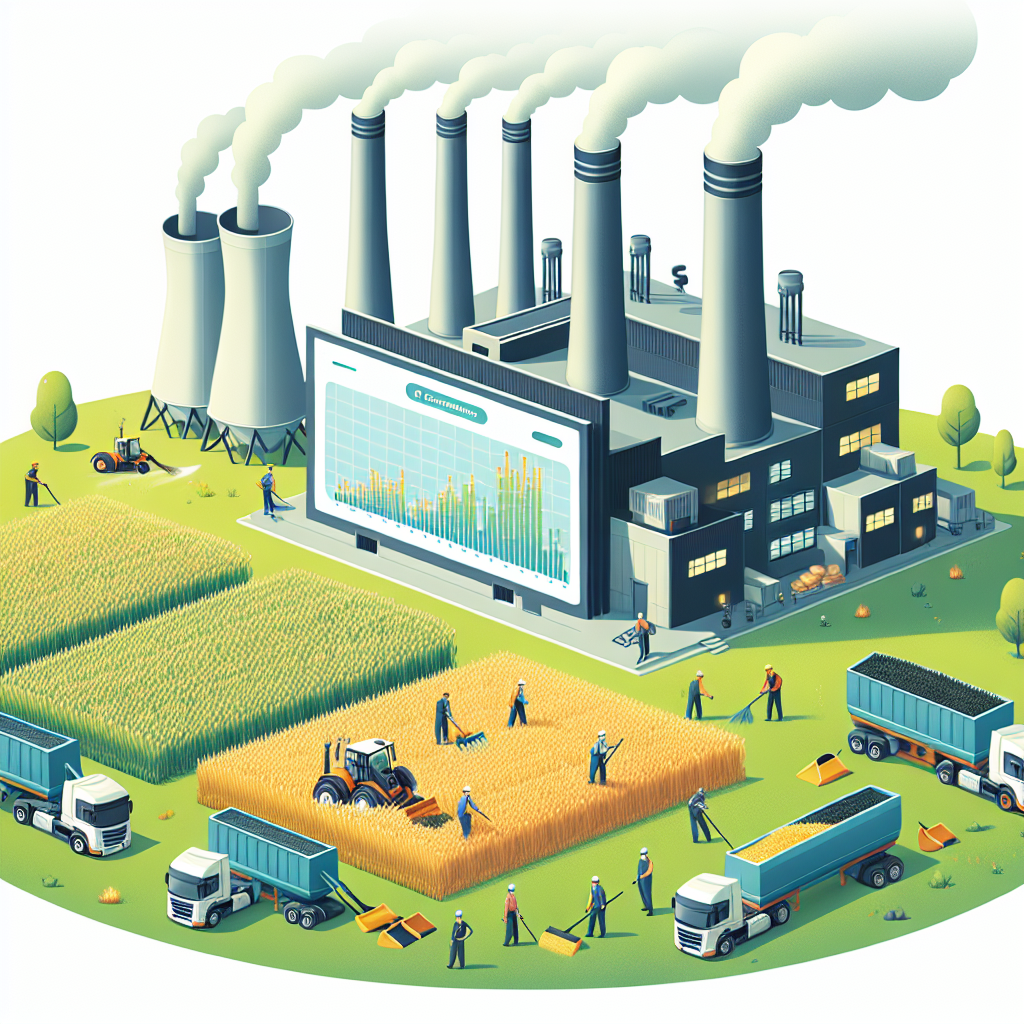MNRE Revises Waste-to-Energy Guidelines to Boost Clean Energy and Ease Business
The revised guidelines mark a substantial reduction in bureaucratic hurdles. Approval processes have been streamlined, and paperwork requirements minimized.

- Country:
- India
In a significant move aimed at accelerating India's clean energy ambitions and improving the ease of doing business, the Ministry of New and Renewable Energy (MNRE) has issued revised guidelines for the Waste-to-Energy (WtE) Programme under the National Bioenergy Programme. These updated norms are designed to foster a more efficient, transparent, and performance-based framework for the deployment of bio-waste to energy technologies, including compressed biogas (CBG), biogas, and power generation.
A Strategic Shift to Performance-Based Incentives
At the heart of the revision lies a transformative shift toward aligning financial incentives with project performance. Recognizing the practical challenges faced by developers, especially in achieving high capacity utilization rates during the initial phase of plant operation, MNRE has introduced a new flexible framework for the release of Central Financial Assistance (CFA).
Key changes include:
-
Two-stage CFA disbursement:
-
First Stage: 50% of the total CFA will be released after the developer obtains the Consent to Operate certificate from the respective State Pollution Control Board (SPCB), against a bank guarantee.
-
Second Stage: The remaining CFA will be released after the plant achieves 80% of the rated capacity or the maximum CFA-eligible capacity, whichever is lower.
-
-
Pro-rata support for underperforming plants: If the plant fails to reach 80% generation capacity but achieves a minimum of 50% Plant Load Factor (PLF), a pro-rata disbursement will be made based on actual performance. No CFA will be provided to units operating below 50% PLF.
This performance-linked disbursement model allows developers to maintain operational flexibility while still accessing timely financial aid—an essential component in addressing funding constraints, particularly for small and medium enterprises (SMEs) and startups in the sector.
Easing of Compliance and Paperwork
The revised guidelines mark a substantial reduction in bureaucratic hurdles. Approval processes have been streamlined, and paperwork requirements minimized. These reforms are expected to significantly cut project lead times, reduce transaction costs, and encourage more stakeholders—both private and public—to enter the Waste-to-Energy space.
For developers not opting for advance CFA, the requirement has been relaxed to a single performance inspection, which greatly shortens the duration between plant commissioning and fund release.
Revised Inspection Mechanism for Greater Accountability
To enhance credibility and transparency in the assessment of project performance, MNRE has modified the inspection protocols. The new guidelines prescribe joint inspections to be carried out by the National Institute of Bio-Energy (SSS-NIBE), an autonomous body under MNRE, in collaboration with one of the following:
-
Respective State Nodal Agencies (SNAs),
-
Biogas Technology Development Centers (BTDCs), or
-
MNRE-empaneled third-party agencies.
This multi-stakeholder approach ensures accountability, mitigates biases, and improves the quality and accuracy of performance verification.
Greater Flexibility for Developers
In a bid to offer developers additional operational leeway, MNRE has extended the timeline for claiming CFA. Under the new guidelines, developers may now claim CFA within 18 months from:
-
The date of plant commissioning, or
-
The date of In-principle approval of CFA, whichever is later.
This modification accounts for potential delays due to environmental clearances, operational scaling, or local regulatory compliance, thereby providing much-needed flexibility to project developers.
Driving India’s Net-Zero and Circular Economy Goals
The revised guidelines also reinforce the government's vision for Net Zero by 2070 and a circular economy, wherein waste is efficiently recycled into valuable energy. By facilitating better management of agricultural residues (such as stubble), industrial organic waste, and municipal solid waste, the WtE programme plays a pivotal role in reducing greenhouse gas emissions and curbing urban pollution.
In this context, the increased production of CBG and biogas through streamlined WtE operations also complements national schemes like:
-
SATAT (Sustainable Alternative Towards Affordable Transportation) for CBG adoption,
-
Swachh Bharat Mission for waste segregation and disposal,
-
National Mission on Climate Change, and
-
National Hydrogen Mission where bioenergy could serve as a feedstock.
Boosting MSMEs and Local Enterprises
The revisions particularly benefit micro, small, and medium enterprises (MSMEs) by creating a more accessible financial ecosystem. By cutting red tape and offering faster disbursements linked to realistic performance metrics, smaller developers will be empowered to scale up operations and expand the network of waste-to-energy infrastructure across India, especially in rural and semi-urban areas.
This also supports the Make in India initiative by encouraging indigenous development of WtE technologies and fostering job creation in the green energy sector.
A Progressive Step Toward Sustainable Development
With this strategic overhaul, MNRE has demonstrated a forward-thinking approach to bioenergy, one that reflects both practicality and ambition. By balancing performance incentives with reduced compliance burdens, the revised WtE guidelines are set to attract greater investment, spur technological innovation, and drive India closer to a cleaner, greener, and more sustainable future.










